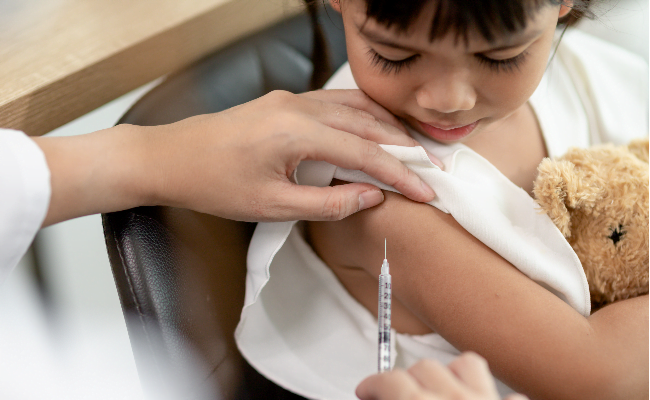The HPV vaccination coverage of 1 dose significantly increased in U.S. adolescents from 56.1% in 2015 to 75.4% by 2020, according to the National Immunization Survey–Teen (NIS-Teen).
The survey found a faster increase in coverage among males than females over five years. Male coverage increased by 4.7 points annually and female coverage increased by 2.7 points annually, narrowing the gap between male and female coverage (21,875-17,970).
In the past, parents of boys have been less likely to vaccinate their sons against HPV. The coverage difference has now dropped from 13% to 3%. From this data, it would appear the unpopularity of such a vaccine is decreasing.
Despite growing uptake rates, around 25% of adolescents didn’t receive at least one dose of the HPV vaccine. “Targeted approaches need to be used to increase coverage and narrow down inequalities,” said Peng-jun Lu, MD, Ph.D. from the National Center for Immunization and Respiratory Diseases at the Centers for Disease Control and Prevention.
The National Immunization Survey-Teen (NIS-Teen) found coverage in 2020 was 73.7% for males and 76.8% for females (P < .05).
Participants who had a recommendation from their provider were much more likely to have coverage than those who did not.
The rate was 80.3% for those with a well-child visit at age 11-12 years and 64.8% for those without (P < .05).
The odds of getting vaccinated are higher if you have a provider recommendation if you are 16-17 years old and if you’re not Hispanic Black, Hispanic, American Indian, or Alaskan Native.
Having Medicaid insurance, a widowed, divorced, or unmarried mother with no more than a high school education predicts the likelihood of vaccination.
If you have had two or more provider contacts in the past 12 months, a well-child visit at age 11-12 years, and one or two vaccine providers, then the chance that you are predictive is much higher (P < .05).
The study found that adolescents living in rural, remote areas had much lower coverage than those living in metropolitan cities (P < .05).
Most providers recommend the HPV vaccine, and this has historically been a significant factor in vaccination rates. For example, 15% of parents not planning to vaccinate their children cited a lack of provider recommendations.
To eliminate HPV-related morbidity and mortality, Drs. Lu and associates recommend providers use every healthcare visit to review the vaccination histories of adolescents.
Dr. Lu found that children of educated mothers or who live in rural areas were less likely to receive HPV vaccinations. “Further research should be conducted to understand these findings better.”
Margaret E. Thew, DNP, FNP-BC, director of adolescent medicine at the Medical College of Wisconsin in Milwaukee, says some higher-educated parents refuse to vaccinate their children because they associate the vaccine with sex.
Melissa B. Gilkey said the survey-based study was a powerful reminder that if we want to increase HPV vaccination rates, we need to support primary care doctors and nurses. The 20% increase from 2015 to 2020 is a testament to their hard work.
The COVID-19 pandemic has disrupted well-child care and led to declining HPV vaccination coverage. Providers have more work now than ever to recommend and support well-child visits.
Effective interventions exist, but they need to be introduced nationwide.
Doctors should recommend getting vaccinated against HPV and talking to parents about how important vaccination is. Also, parents should review a child’s vaccination history to make sure they are vaccinated.



